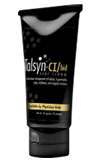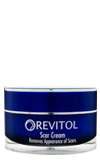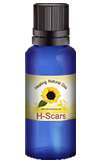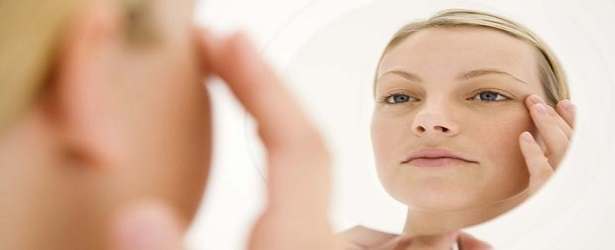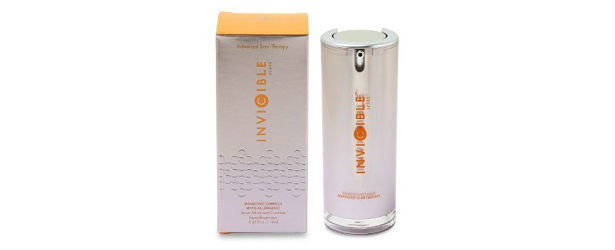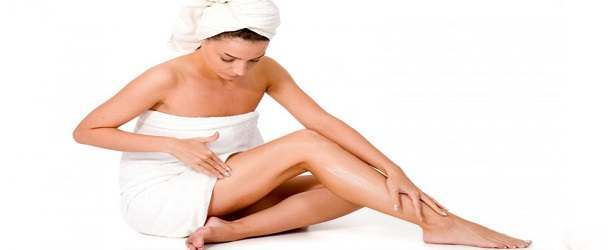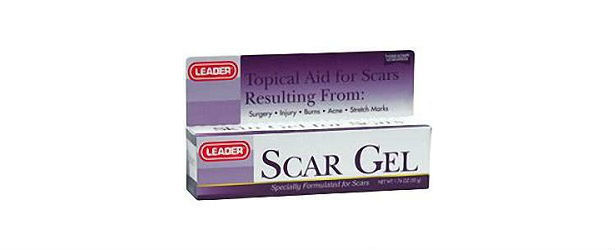
How to Handle Acne Scars
Acne is a very common skin disease characterized by red, raised bumps or black and white heads. It is most often found on the face, upper chest, and back. Acne usually subsides by adulthood but can often leave behind scars. Acne scars can be unattractive and embarrassing. They can be a constant reminder of the years you spent suffering from unsightly acne.
Acne scars can be nearly impossible to completely get rid of, but there are ways to make them less noticeable by helping them blend into your healthy skin. The different treatment options available vary in effectiveness and cost based on the severity and type of acne scars you may be suffering from.
Best Treatment for Your Acne Scars
Laser peels and resurfacing techniques use photo rejuvenation to induce wounds on the skin, prompting new, healthy skin cells to form. Side effects may include irritation on the site of the laser and even additional scarring. Because it is considered a cosmetic procedure, they will usually not be covered by medical insurance unless the scars are hindering functionality.
Scar Creams
Scar creams like Scarinex and gels are the treatments used most often these days. They are the cheapest and most noninvasive treatments for lessening the appearance of unsightly acne scars. The most important thing to do when trying to decide which cream or gel to use is to study the ingredients. Many of the creams for sale contain cocoa butter and vitamin E, which are highly effective in fading acne scars.
The difficulty with these creams lies in the fact that they are often diluted with water, so they are not nearly as effective as they could be. The most comprehensive treatment for a good price is a silicone-based scar gel. The silicone locks in moisture by forming a protective barrier that attaches itself to the skin, allowing for the growth of healthy new skin.
Chemical Peels
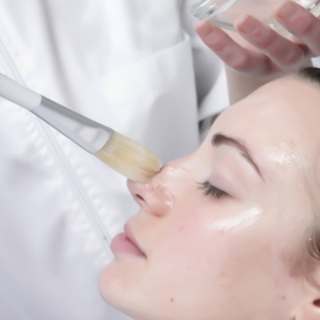 Chemical peels are split into three different categories, superficial peels, medium peels and deep peels. These methods use chemicals to remove the top layer of the affected skin. This promotes the healthy growth of beautiful new skin. For mild cases of acne scars, superficial peels can be used. These peels can be applied anywhere on the body and generally heal very quickly. For more moderate acne scars, medium peels are used. Medium peels can cause slight redness and take over a week to heal.
Chemical peels are split into three different categories, superficial peels, medium peels and deep peels. These methods use chemicals to remove the top layer of the affected skin. This promotes the healthy growth of beautiful new skin. For mild cases of acne scars, superficial peels can be used. These peels can be applied anywhere on the body and generally heal very quickly. For more moderate acne scars, medium peels are used. Medium peels can cause slight redness and take over a week to heal.
Deep peels are used in cases of severe acne. These peels are known for bleaching the skin that is affected by acne scars and can take up to 2 weeks to heal, leaving your skin reddened for almost 8 weeks.
Dermabrasion
Dermabrasion is the process in which the skin is frozen, and then scraped to remove several layers of the skin. Once the skin heals from this, healthy skin can grow back. The same process is used in microdermabrasion, except it does not go as deep, peeling off only the top layer of skin. Microdermabrasion is for more mild cases of acne scars, while dermabrasion is for more severe cases.
TOP 5
SCARTreatments |
|||||
| Scarinex | Talsyn-CI | Kelo-cote | Revitol | H-Scars | |
|---|---|---|---|---|---|
| 1 | 2 | 3 | 4 | 5 | |
| Price (1 bottle) Price (4 bottles) Best Value |
$49.95 $139.70 |
$39.95 $239.70 |
$99.99 $599.94 |
$39.95 $239.70 |
$69.95 $419.70 |
| Overall Rating | 99.40% | 82.20% | 74.90% | 70.30% | 67.60% |
| Performance* |





|





|





|





|





|
| Speed of Results* | Extremely Fast | Good | Average | Slow | Slow |
| Quality of Ingredients | Premium | Good | Average | Average | Unknown |
| Customer Satisfaction Evaluation | 99% | 80% | 70.60% | 68% | 65% |
| Safety Evaluation | Safe for Use | Safe for Use | Safe for Use | Safe for Use | Safe for Use |
| Customer Service Rating |





|





|





|





|





|
| Reorder Rate | Highest | Good | Average | Average | Average |
| Return Policy | Risk Free | Risk Free | No Guarantee | Unopened Only | Risk Free |
| Success Rate | 99.20% | 81% | 72% | 69.30% | 66.10% |

 Subscribe Now
Subscribe Now
